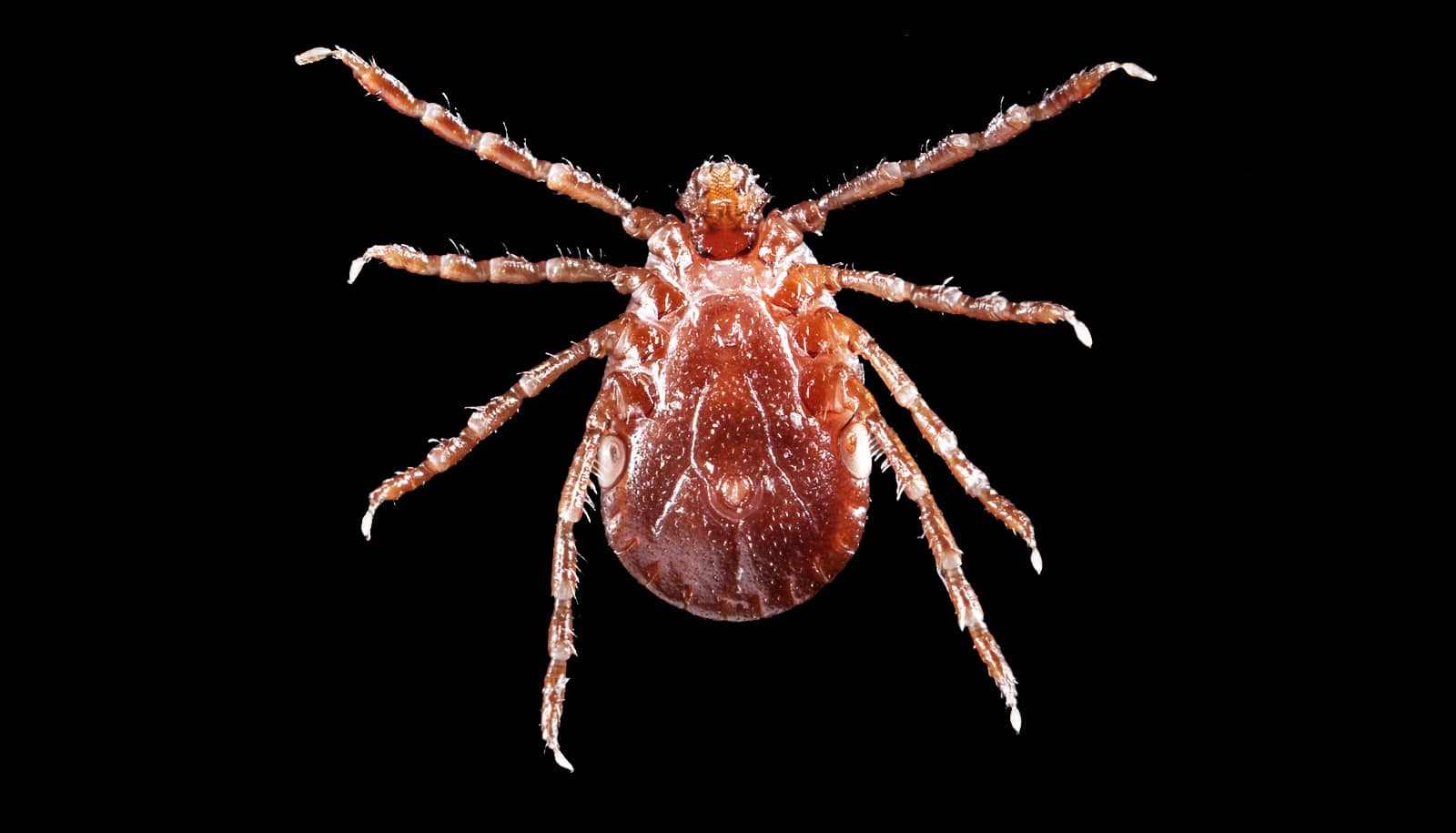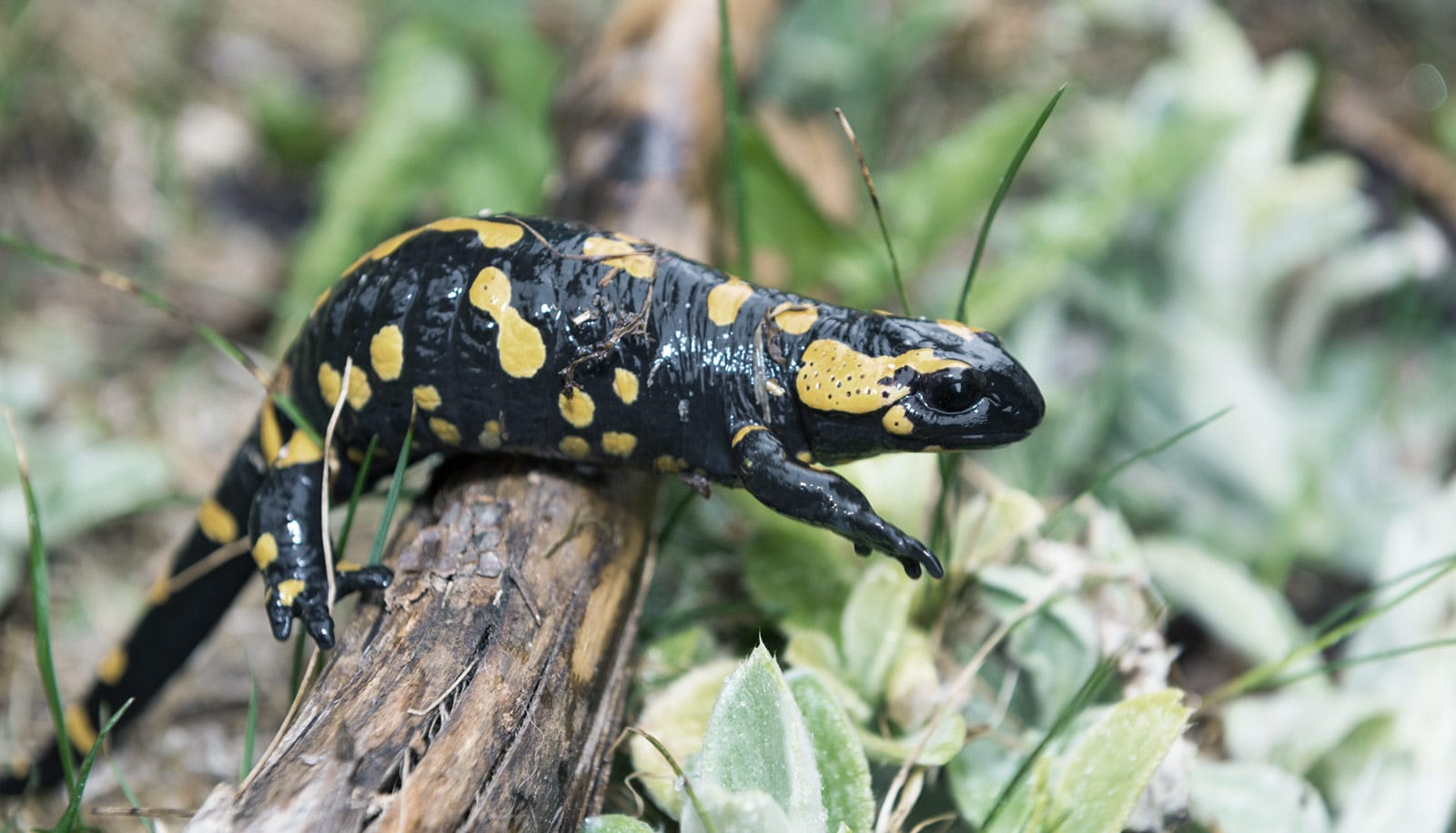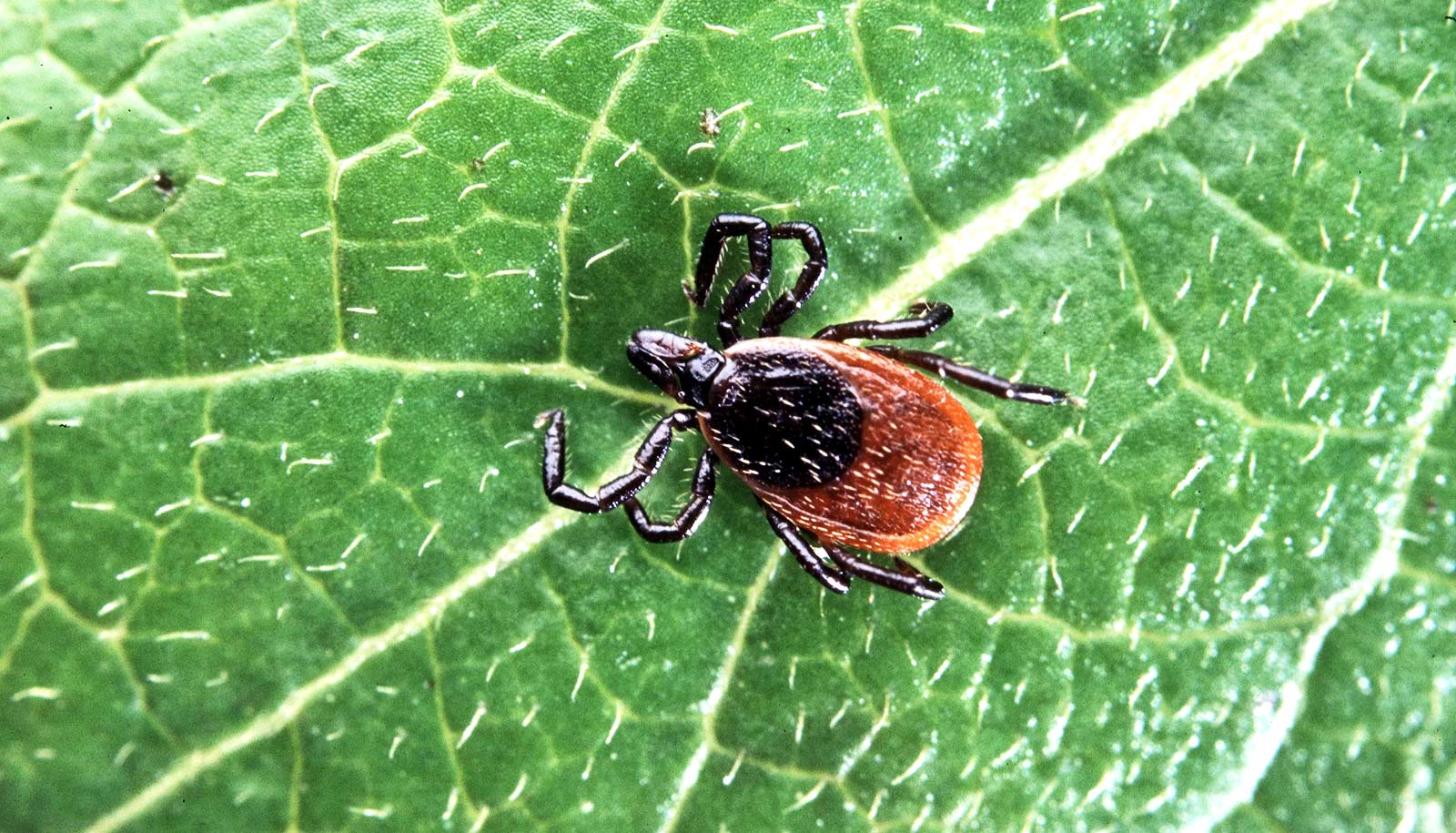A new visual guide will help scientists identify and control the Asian longhorned tick, which transmits a fatal human disease in its native countries and threatens livestock in the United States.
The pest now lives in a large part of the eastern United States and scientists are scrambling to determine how widespread these invasive ticks are in North America. But it’s a complicated job, especially since Asian longhorned ticks are nearly identical to two native species—the rabbit tick and the bird tick, which are mostly harmless to humans.
The new guide makes it easy for anyone with a powerful enough microscope to tell the Asian longhorned tick apart from those North American cousins and a Central American species, too.
Published in ZooKeys, the guide identifies tiny details—such as two triangular, hornlike spurs on the adult Asian longhorned tick’s mouthparts—that set the ticks apart from each other. The details are visible on scanning electron microscopy images.
“To begin to understand the threat posed by Asian longhorned ticks in the United States, we need to know the full extent of its distribution,” says lead author Andrea Egizi, a visiting professor at Rutgers University’s Center for Vector Biology and a research scientist with the Monmouth County Tick-borne Disease Program. “We made this key so that researchers across the country have an easier way to identify them.”
Researchers first identified the Asian longhorned tick in 2017, after a resident in Hunterdon County, New Jersey, discovered an infestation of ticks on a pet sheep, which the USDA’s National Veterinary Services Laboratory confirmed later. In April 2018, the group determined that the ticks had survived the winter in New Jersey. Asian longhorned ticks now live in Arkansas, Connecticut, Maryland, New York, North Carolina, Pennsylvania, Virginia, and West Virginia.
“We now know that the Asian longhorned tick has been present in New Jersey since at least 2013, but that first discovery, found on a dog in Union County, was initially mistaken for a rabbit tick,” says contributing author Dina Fonseca, director of the Rutgers Center for Vector Biology. “We are hoping this visual guide will help us identify and control the expansion of this tick.”
Asian longhorned ticks are native to eastern Asia, where they transmit potentially fatal diseases to humans. They are also an invasive and serious livestock pest in Australia and New Zealand. They reproduce asexually, meaning a single unfertilized female can produce many offspring without mating, allowing them to spread rapidly.
Additional coauthors are from the Rutgers Center for Vector Biology, the Smithsonian Institution, Georgia Southern University, and the National Agricultural Technology Institute in Santa Fe, Argentina.
Source: Rutgers University



